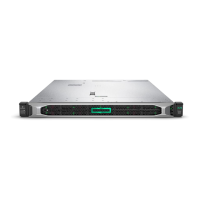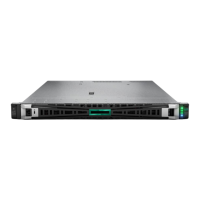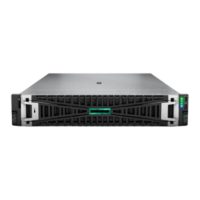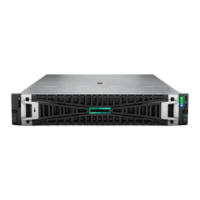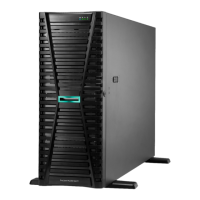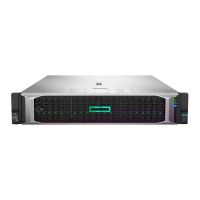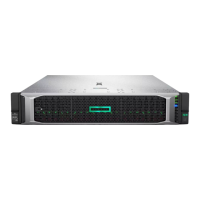Hot-plug power supply calculationsHot-plug power supply calculations
For hot-plug power supply specifications and calculators to determine electrical and heat loading for the server, see the Hewlett Packard
Enterprise Power Advisor website (https://www.hpe.com/info/poweradvisor/onlinehttps://www.hpe.com/info/poweradvisor/online).
Appendix I: Server coolant spill responseAppendix I: Server coolant spill response
SubtopicsSubtopics
Eye and skin protectionEye and skin protection
Server coolant leakServer coolant leak
Eye and skin protectionEye and skin protection
The coolant used in the liquid cooling heatsink is a mixture of purified water and ethylene glycol with additional additives for corrosion
resistance. Observe the following when cleaning up a coolant leak:
The coolant might cause slight temporary eye irritation.
To prevent any accidental eye contact with the coolant, use safety glasses with side shields.
If eye contact occurs, immediately flush eye with plenty of water. If any discomfort persists, seek medical attention.
The coolant might cause slight temporary skin irritation.
Use hand protection in the form of chemically resistant gloves when cleaning up coolant leak.
If gloves are not worn, wash hands with plenty of water after cleanup.
Server coolant leakServer coolant leak
SymptomSymptom
Spill or leak of the electrically conductive server coolant from the liquid cooling heatsink.
CauseCause
The supply tube of the liquid cooling heatsink is damaged.
ActionAction
Prepare the Prepare the serverserver for coolant leak cleanup for coolant leak cleanup
1. Have the following items ready for the coolant leak cleanup:
Dry paper towels or any absorbent material intended for cleaning up chemical spill
Container to collect the leaked coolant
2. Power down the server.
3. If installed, open the cable management arm.
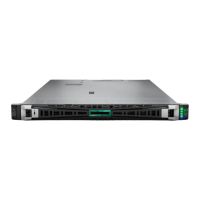
